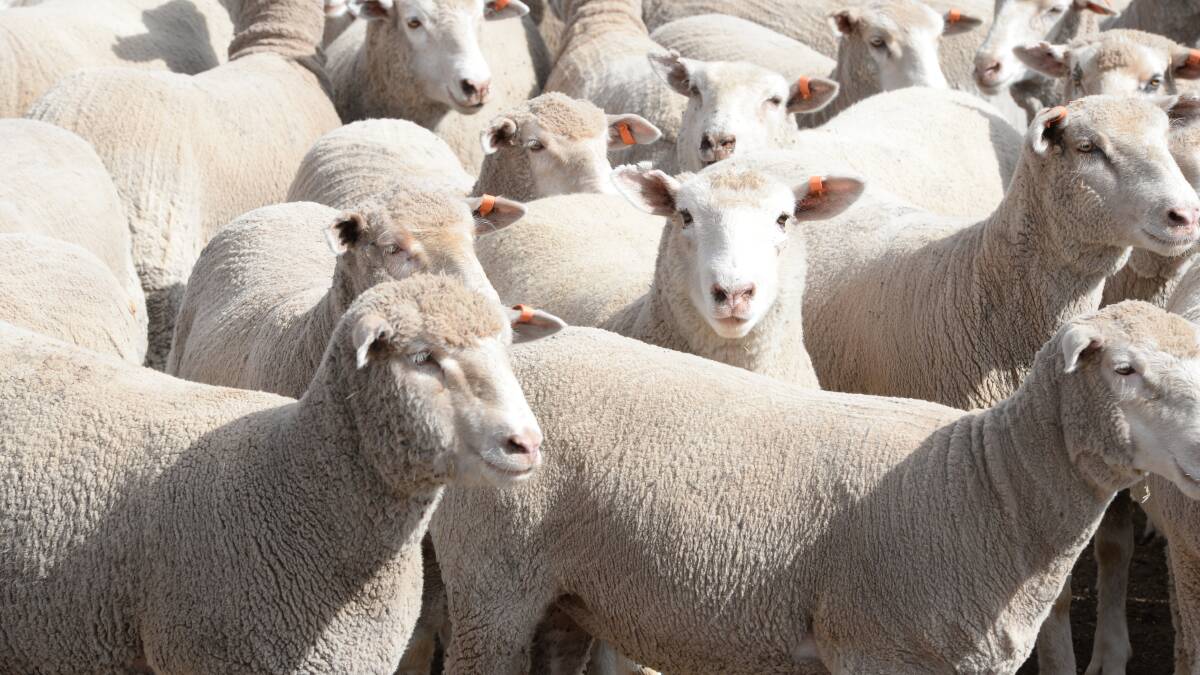
The gap between Australia and New Zealand's export sheepmeat industry has narrowed, with industry experts anticipating Australia will continue to dominate world sheepmeat export supply for the remainder of the decade.
Subscribe now for unlimited access to all our agricultural news
across the nation
or signup to continue reading
According to the United Nations Food and Agriculture Organisations (FAO), in 2019 Australia and New Zealand sheep meat exports was 71 per cent of the total sheep meat export volumes.
And recently Australia has eclipsed NZ to become the worlds largest exporter of sheep meat product with 36pc of global trade in 2020, compared to 30pc for NZ.
Thomas Elder Markets analyst Matt Dalgliesh said the Australian sheep producer is in an enviable position as global sheepmeat demand is expected to rise over the coming decades, particularly from the developing world.
"Australia's dominant position as the main supplier to the world allows us to benefit directly from the anticipated sheepmeat export demand growth," Mr Dalgleish said.
"The bulk of the growth isn't going to come out of the established marketplace, it's anticipated to come from the developing world. Southeast Asia and Africa being the two biggest drivers."
But he said although Australia is predicted to dominate, we are still at record low flock levels, albeit the global sheep flock standing at record high levels - over 1.2 billion head.
China holds the largest sheep flock with 13pc followed by Australia with 6pc and India at 5pc. The top 15 countries for sheep flock size account for around 57pc of the global flock.
"Interestingly only four of these nations are in the top 10 sheepmeat exporting nations - Australia, India, UK and NZ," Mr Dalgleish said.
"Despite having the world's largest sheep flock China doesn't export any. They are the top sheepmeat importer of sheepmeat with their volumes outweighing imports into the US and France, combined."
After Australia and NZ the UK holds the third spot in the sheepmeat market share.
However, although the UK accounts for around 8pc of the global export trade they are also a significant importer of sheepmeat product.
"At any given time of the year the UK can import 75pc of what they export, so the reality for global sheepmeat supply is that the market is dominated by Australia and NZ," he said.
"After the UK, Ireland exports below 5pc, Spain at about 3pc and the Netherlands about 2pc. Virtually it is all rats and mice beyond Australia and NZ.
"None of those nations are going to be significant in terms of supply."
He predicts the prices the industry is seeing now, even though lamb is at record highs, it is only the beginning.
"Sheepmeat is a product that is influenced by global economic growth cycles," he said.
"It was only Covid that took the steam out of prices last year, and there may be lingering Covid impact this year as global growth gets back on track and being to recover.
"But once we are a good two or three years beyond Covid, and assuming no more major hiccups to global demand, we will be back in a growth phase for global demand."
The broader picture of an increasing demand that is outstretching the supply means a price signal is inevitable.
"I think the eastern states trade lamb indicator hitting upwards of $12 or $13 per kilo in winter each season would not be out of the question in the next few years," Mr Dalgleish said.
"That sort of price signal to the Australian sheep producer is significant. We might start to see a change in approach.
"The sheep sector has a lot of potential for growth and not many international competitors when you compare it to beef."


